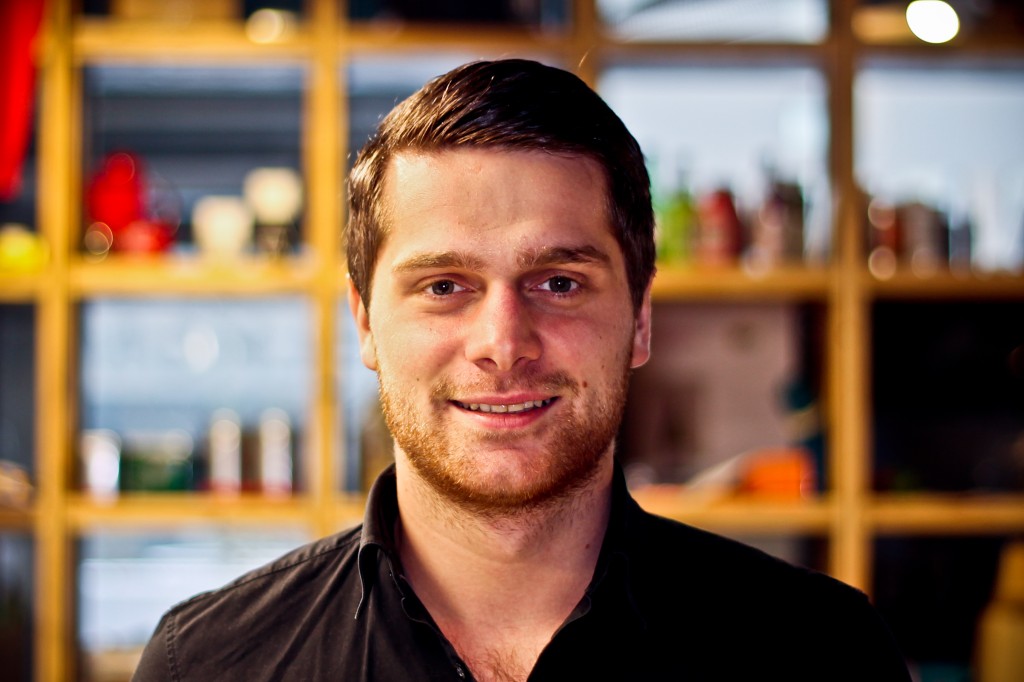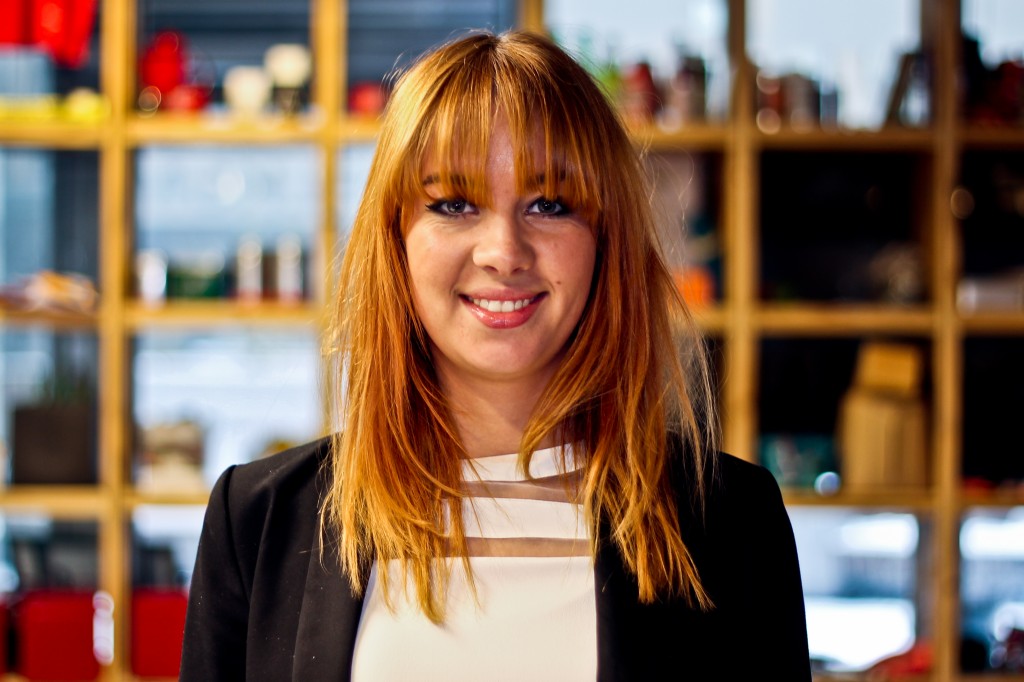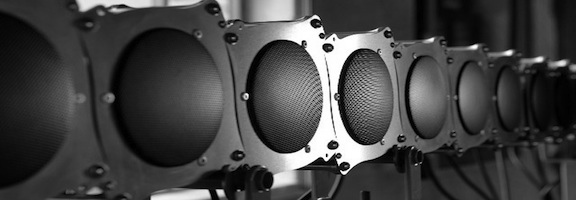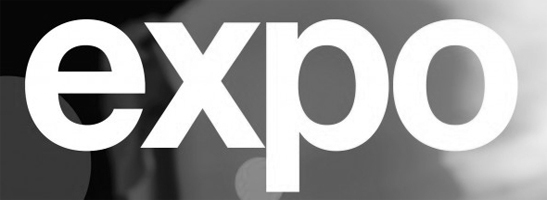V i d e o _ S y n c
2013 AFW JULY iNDiViDUALS from MediaLAB Amsterdam on Vimeo.
What’s a fashion show without good music?
It’s often said that half the experience is the sound that accompanies the choreography on the catwalk. In order to bring an edge to the runway experience and to fully immerse their audience, designers always look for that ‘perfect tune’ that will complement their collection.
Conventional multi-channel reproduction techniques and commonly used surround sound systems can suggest spatial sound movements, but they’re essentially a perceptual trick. Wave field synthesis however, allows sounds to be precisely placed and moved virtually anywhere inside or outside the ring of speakers, opening up a whole new world of sonic wonders wherein the listeners are literally engulfed by waves of sound and music.
Not surprisingly, however, WFS systems having hundreds of speakers, several amplifiers, audio hardwares and computers for rendering purposes are generally fairly costly. Due to their high costs these systems are rarely used as commercial setups and can only be experienced in few selected locations, – which makes this fashion event an exceptional occasion.
The opening piece from Soundlings member Robin Koek merges acoustic objects, instruments and synthetic entities to one sound world. A world built on resistance and struggle. Cracking wood, hissing amplifiers and feedback tones resonate in discord. Organic materials, electronic textures and various instrumental sections construct a spatial, physical piece that leads the listener through the challenging phases the designers face in their creative process, a theme embedded in the presented collection.
As the models begin to make their way around the catwalk, the soundscape created by Soundlings Roald van Dillewijn and Tijs Ham morphs into the sort of cutting edge pop music which front-row goers know and love. Still carrying references to the more abstract sonic experience that came before, electronic beats emerge as the broken guitars and vocals were harmonized with the colors of gamelan. Layers of sounds are surrounding the listener, complementing the movement of the garments and the intricacy of their designs.
The music playing here is only a stereo fold, binaural recordings will follow later on. Additional thanks go out to Pinar Temiz and Giorgios Papadakis for their help in performing and recording parts of the music.
















